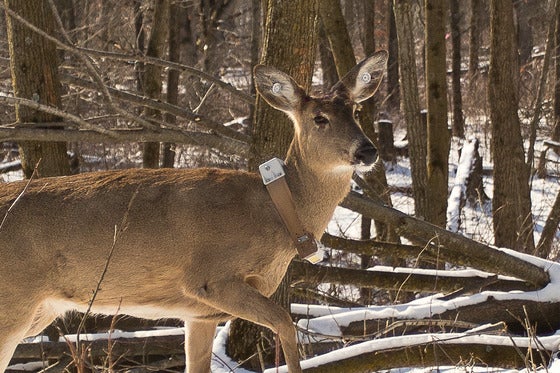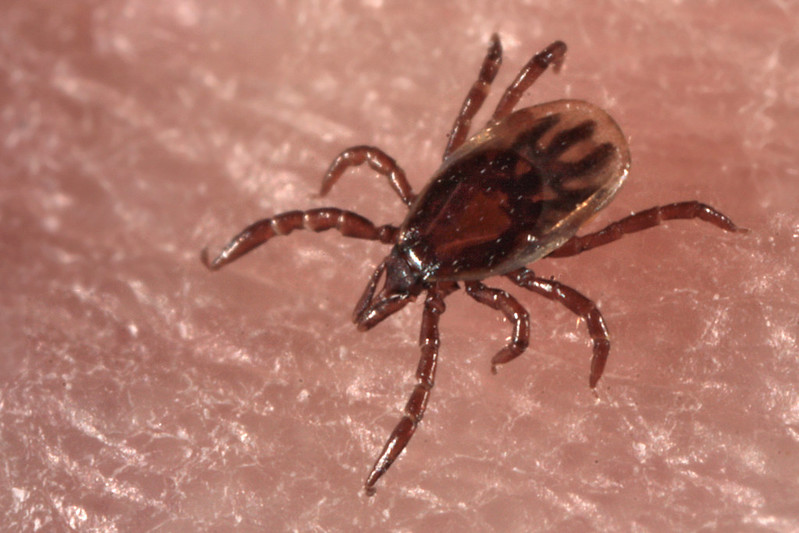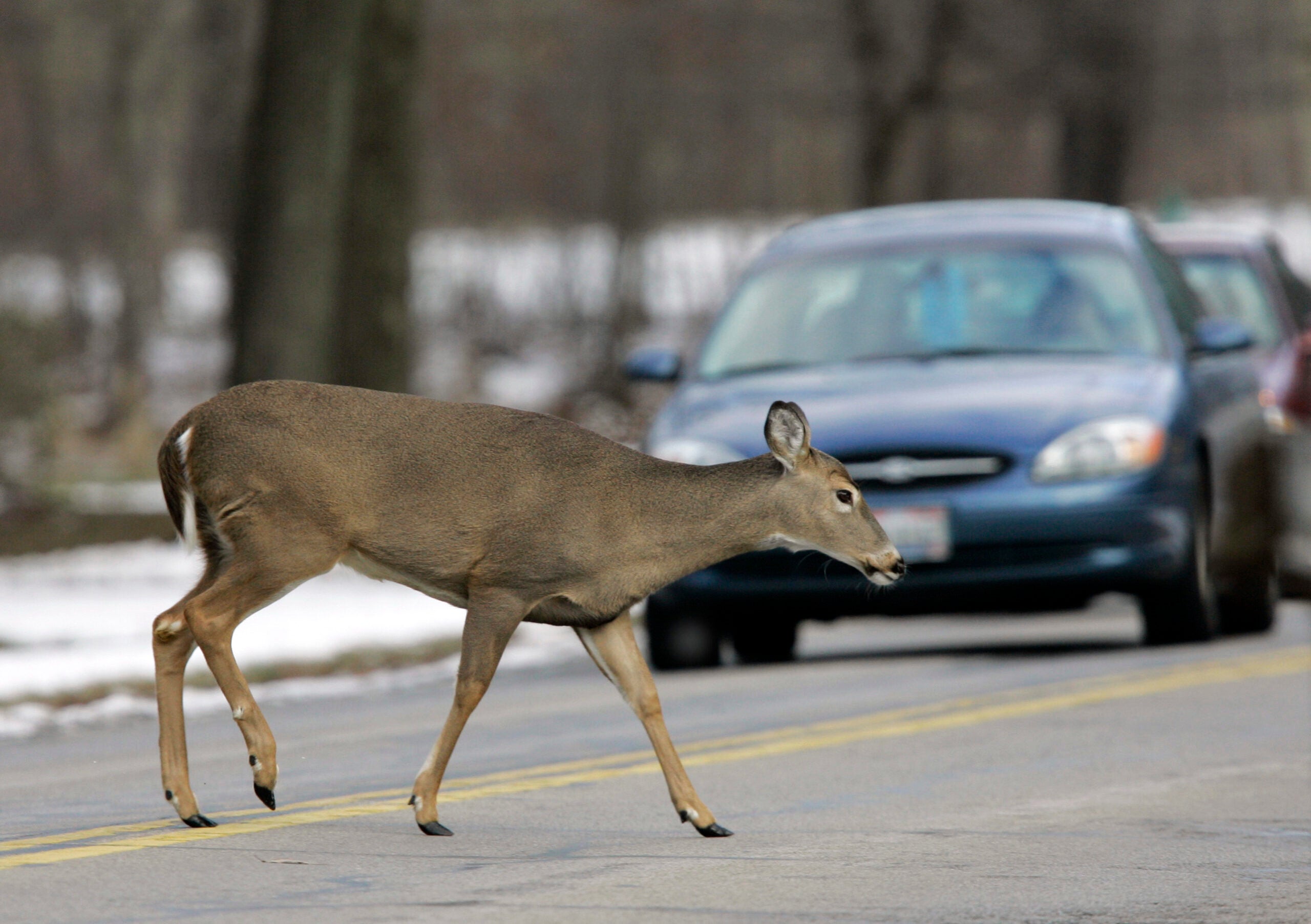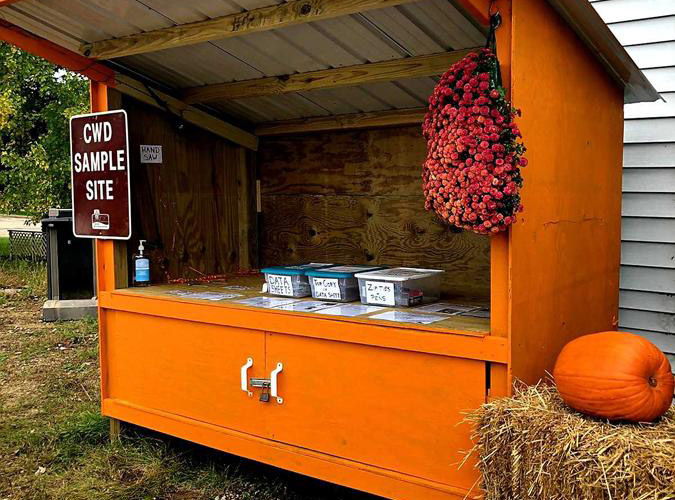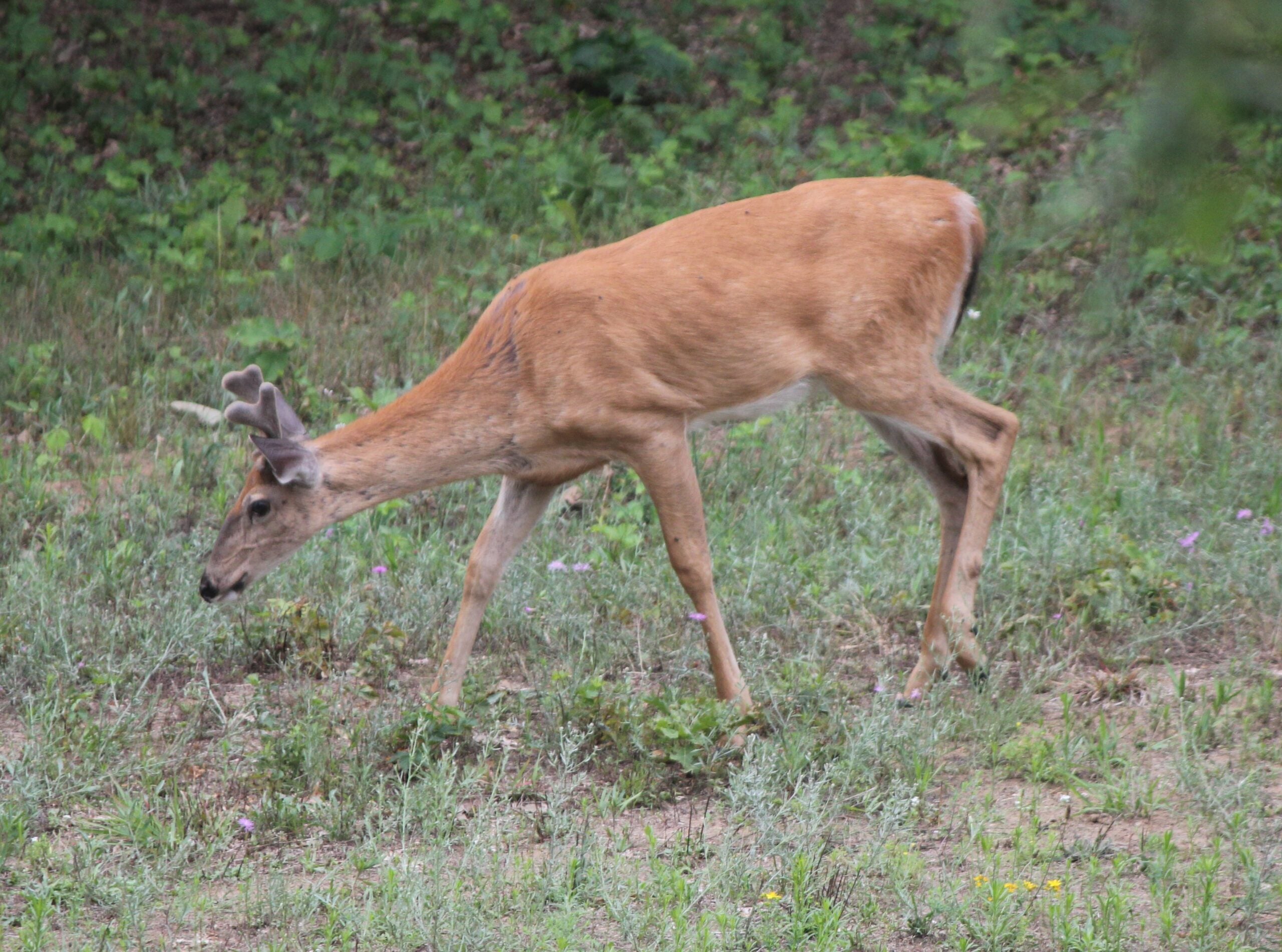A University of Wisconsin-Madison study has found that a transmission “hot spot” for chronic wasting disease in deer may be at salt or mineral licks.
Deer like to lick nutrients at naturally occurring or artificial salt deposits. Researchers at U-Madison took samples from 11 licks in southern Wisconsin in regions where there have been CWD outbreaks. The scientists found the prion proteins specific to the disease at nine of the locations, either in water or soil.
“It confirms a suspicion that deer are shedding prions into the environment,” said environmental chemistry professor Joel Pederson, who co-authored the study. “The implication of our study is that there is reason to believe that there could be environmental transmission occurring at mineral sites, and perhaps at other areas where deer congregate, and supports the idea that halting practices that cause deer to congregate is probably a good idea in minimizing the extent of transmissions.”
News with a little more humanity
WPR’s “Wisconsin Today” newsletter keeps you connected to the state you love without feeling overwhelmed. No paywall. No agenda. No corporate filter.
Pedersen said regulators might want to consider discouraging landowners from putting out salt blocks or food to lure deer.
Typically, CWD transmission studies have focused on captive animals. The UW-Madison paper is published in the journal PLOS ONE.
Wisconsin Public Radio, © Copyright 2026, Board of Regents of the University of Wisconsin System and Wisconsin Educational Communications Board.

